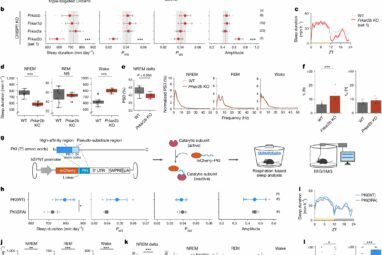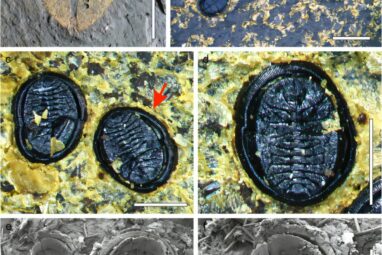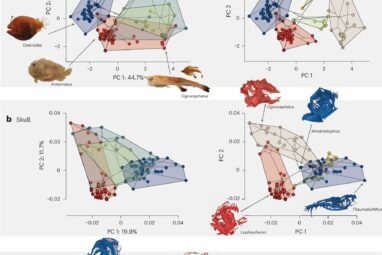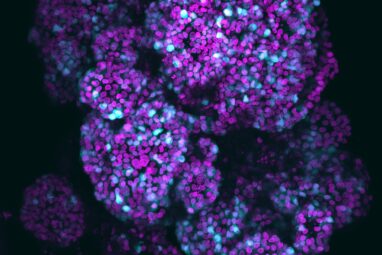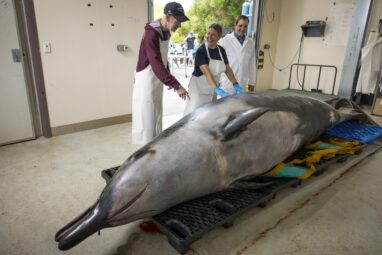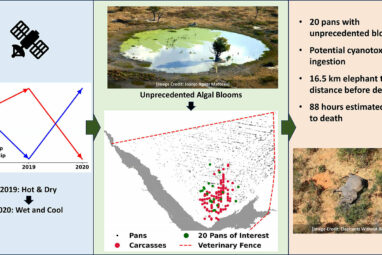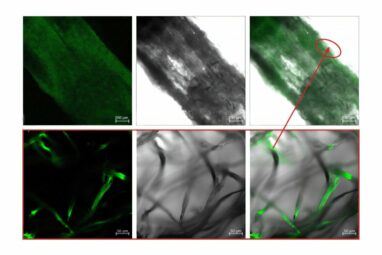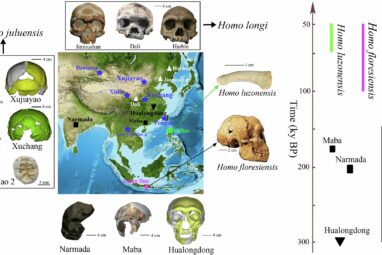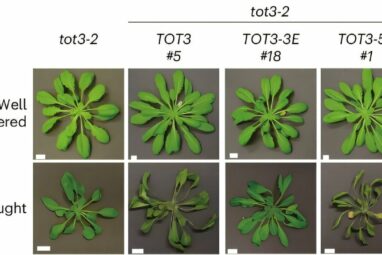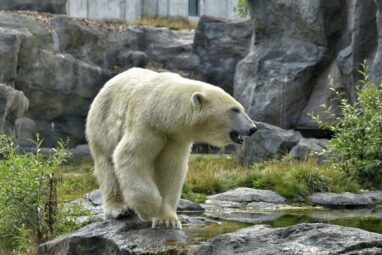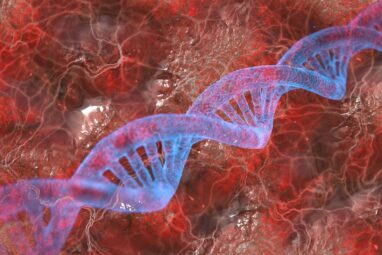Recent research has observed that chemical modifications called phosphorylation of proteins in brain neurons dynamically regulate sleep and wakefulness. But...
Plant species can fulfill different functions within an ecosystem, even if they are closely related to each other. This surprising...
Newly discovered insect fossils are so small they can barely be seen by the human eye but have been preserved...
A Rice University study sheds light on the extraordinary evolution of anglerfish, a group of deep-sea dwellers whose bizarre adaptations...
Researchers from the Organoid group (previously Clevers group) at the Hubrecht Institute have developed a new organoid that mimics the...
It is the world’s rarest whale, with only seven of its kind ever spotted. Almost nothing is known about the...
A study led by King’s College London has provided further evidence that the deaths of 350 African elephants in Botswana...
In order to defy climate change and the bark beetle, more deciduous trees are being planted in Swiss forests. If...
A University of Hawaiʻi researcher says he may have found a new human species called Homo juluensis, which includes mysterious...
We are increasingly confronted with the impacts of climate change, with failed harvests being only one example. Addressing these challenges...
New analysis of ancient bones and fossils found in a Highland cave has revealed them to be “fishier than the...
A new quantum algorithm developed by University of Georgia statisticians addresses one of the most complex challenges in single-cell analysis,...
